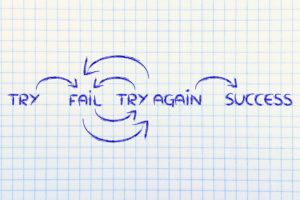Funny. I always thought hydrogen was colorless … who knew? Yeah, I know, it’s a play on words. Of course, hydrogen is colorless. Methane is colorless too but it is the bad boy of environmental impacts with 20+ times the climate impact of another colorless gas, carbon dioxide.
The news media now around the world is abuzz over green hydrogen, made from excess solar and wind energy … that is why it is termed “green.” Read this and other articles and see for yourself why everyone is so excited.

Sorry to be the Debbie Downer on this lovefest, but let me point out that the place where the hydrogen is made is likely not the place where it might be used … ergo you need to store and transport the hydrogen. Oh.
And, also let me remind everyone that hydrogen is the smallest molecule possible, making it the least dense. So, to store it, you have to use an enormous amount of electricity to compress it after using an enormous amount of energy to separate it from the oxygen in the water it came from. Oh … yeah … this is also in places where water is not just sitting on the surface of the ground asking to be used for electrolysis.
On the other hand, this is just one more example of the excitement about a future situation that overwhelms common sense. For those of you who do know and care, watch how natural gas is being banned from new construction of homes and businesses because it has been deemed far from green. What?? Yep! They are using the same reasoning about some future state of renewables as being greener than natural gas.
Future states are great reading … just not yet a reality.
I spent 6 years working for the leading new technology company that spearheaded the development of fuel cells. That was 45 years ago, and the catchphrase back then was they were “five years off” from commercialization. They are still not commercially viable. And, by the way, there is still no commercially viable hydrogen for them to use. They have to start with natural gas and strip away the carbon. Oh … and where did that carbon go?
Yeah. Nice idea. Great nighttime reading for energy zealots.






 and some may harbor racist bias … but I personally believe that most are good people and are dedicated to protecting all citizens from harm.
and some may harbor racist bias … but I personally believe that most are good people and are dedicated to protecting all citizens from harm.
